Introduction
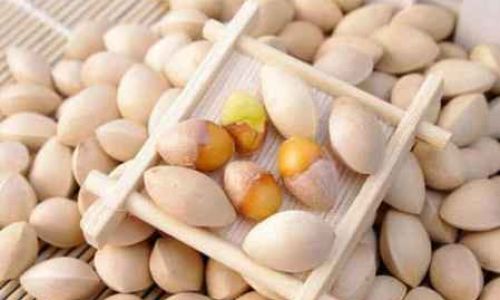
Ginkgo nuts, also known as ginkgo seeds or white fruit, have been a part of human diet and medicine for thousands of years. Native to China, these ancient trees, known scientifically as Ginkgo biloba, are often associated with longevity and vitality. Their nuts, enclosed in a foul-smelling but non-toxic outer husk, are a treasure trove of nutrients, including antioxidants, vitamins, minerals, and healthy fats. However, consuming ginkgo nuts requires some knowledge to ensure safety and maximize their nutritional benefits. This comprehensive guide will walk you through the process of how to eat ginkgo nuts, from selection and preparation to various culinary applications and potential health benefits.
Understanding Ginkgo Nuts
Before diving into the specifics of how to enjoy ginkgo nuts, it’s crucial to understand their unique characteristics. Ginkgo nuts are actually the seeds of the ginkgo tree, which is one of the oldest living tree species on Earth. These seeds are encased in a fleshy, smelly outer layer that must be removed before consumption. Inside, you’ll find a hard shell protecting the edible kernel, which is the part we consume.
Nutritional Profile
Ginkgo nuts boast an impressive array of nutrients. They are rich in antioxidants, particularly flavonoids and terpenoids, which are known for their anti-inflammatory and neuroprotective properties. They also contain essential vitamins such as Vitamin E, Vitamin C, and various B vitamins. Minerals like potassium, magnesium, and phosphorus are also present in significant amounts. Furthermore, ginkgo nuts provide a good source of healthy fats, primarily monounsaturated and polyunsaturated fats, which are beneficial for heart health.
Selecting High-Quality Ginkgo Nuts
When purchasing ginkgo nuts, there are a few key factors to consider to ensure you get the best quality:
-
Freshness: Look for nuts that are recently harvested. Fresh ginkgo nuts have a firmer texture and a more pleasant aroma after shelling.
-
Appearance: The outer shell should be intact and free from cracks or holes, which could indicate pest infestation or moisture damage.
-
Source: Choose nuts from reputable suppliers who can guarantee the origin and quality of their products.
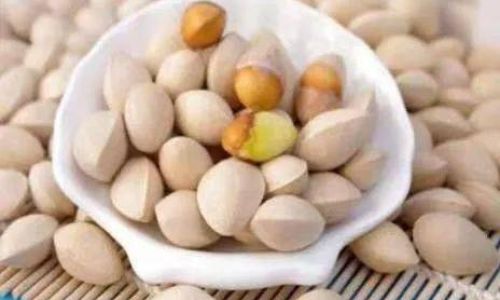
-
Certification: If possible, opt for organic or certified ginkgo nuts to avoid any potential contaminants from pesticides or other chemicals.
Preparing Ginkgo Nuts for Consumption
Preparing ginkgo nuts for eating involves several steps to ensure safety and enhance flavor:
-
Shelling: The first step is to remove the hard outer shell. This can be done manually with a nutcracker or by using a specialized ginkgo shelling machine. Be cautious when handling the shells, as they can be quite sharp.
-
Boiling: Once shelled, the nuts should be boiled to remove the bitter taste and any residual toxins. Place the nuts in boiling water and simmer for about 10-15 minutes. This process also helps to soften the nut, making it easier to peel off the inner skin, which can be slightly bitter.
-
Peeling: After boiling, drain the nuts and let them cool slightly. Peel off the thin, bitter inner skin by rubbing the nuts gently between your fingers or using a small knife.
-
Rinsing: Rinse the peeled nuts under cold water to remove any remaining bitterness and to stop the cooking process.
Cooking and Culinary Uses
Ginkgo nuts can be incorporated into a variety of dishes, ranging from sweet treats to savory entrees. Here are some popular ways to enjoy them:
-
Roasted Ginkgo Nuts: After preparing the nuts as described above, you can roast them in a single layer on a baking sheet at 350°F (175°C) for about 10-15 minutes, stirring occasionally until they are golden brown and fragrant. A light sprinkling of salt can enhance their flavor.
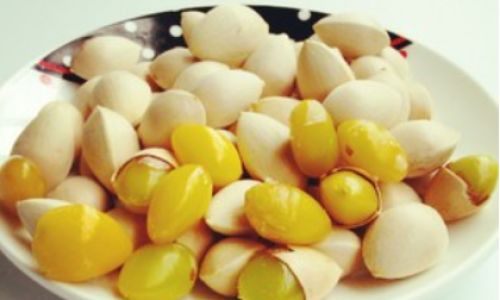
-
Ginkgo Porridge: Add cooked and peeled ginkgo nuts to your favorite porridge recipe, such as oatmeal or rice porridge. They add a nutty texture and a subtle sweetness to the dish.
-
Ginkgo Stir-Fry: Incorporate ginkgo nuts into stir-fry dishes with vegetables, tofu, or meat. Their chewy texture and mild flavor complement a wide range of ingredients.
-
Ginkgo Soup: Use ginkgo nuts in soup recipes, especially those with a Chinese or East Asian influence. They add a unique texture and nutritional value to broths.
-
Ginkgo Desserts: For a sweet treat, incorporate ginkgo nuts into desserts like cakes, cookies, or candies. Their nutty flavor and chewy texture can be a delightful surprise in sweet dishes.
Potential Health Benefits
In addition to their culinary appeal, ginkgo nuts offer several potential health benefits:
-
Brain Health: Ginkgo biloba extract, derived from the leaves, is well-known for its neuroprotective properties. While the nuts may not provide the same concentration of active compounds, they still contain antioxidants that can support brain health.
-
Cardiovascular Health: The healthy fats and antioxidants in ginkgo nuts can contribute to heart health by reducing inflammation and improving circulation.
-
Antioxidant Protection: The antioxidants in ginkgo nuts help to neutralize free radicals, reducing oxidative stress and potentially lowering the risk of chronic diseases.
-
Respiratory Health: Preliminary research suggests that ginkgo may have beneficial effects on respiratory health, including improving lung function and reducing inflammation in the airways.
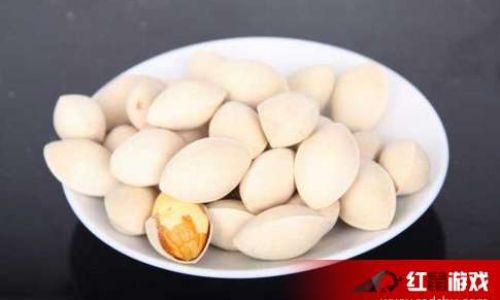
Safety Considerations
While ginkgo nuts are generally safe to consume after proper preparation, there are a few precautions to keep in mind:
-
Raw or improperly prepared ginkgo nuts can contain toxins that may cause gastrointestinal distress or more severe health issues. Always boil and peel the nuts before eating.
-
Pregnant and lactating women should avoid consuming large amounts of ginkgo nuts due to potential risks associated with hormone balance and fetal development.
-
Consult your healthcare provider if you have a medical condition or are taking medications, as ginkgo may interact with certain treatments.
Conclusion
Ginkgo nuts are a unique and nutritious addition to your diet, offering a blend of flavors and textures that can enhance a wide range of dishes. By following the steps outlined in this guide, you can safely prepare and enjoy these ancient nuts, harnessing their potential health benefits while exploring their culinary versatility. Whether you’re incorporating them into savory stir-fries, sweet desserts, or simply enjoying them roasted as a snack, ginkgo nuts are a delightful and healthy way to expand your culinary horizons. So, the next time you come across these ancient treasures, remember the secrets to preparing and enjoying them to the fullest.


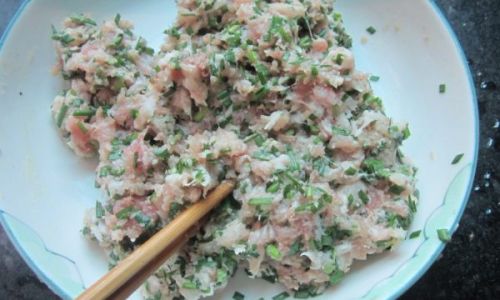
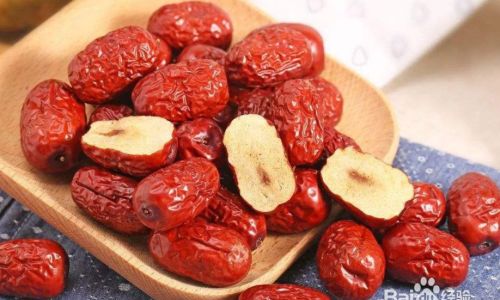

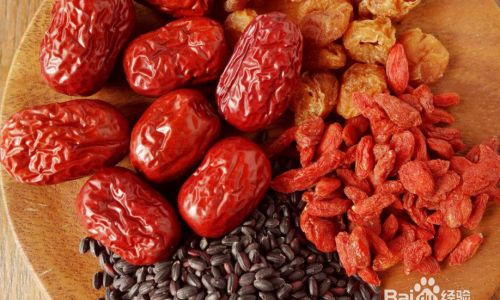
0 comments